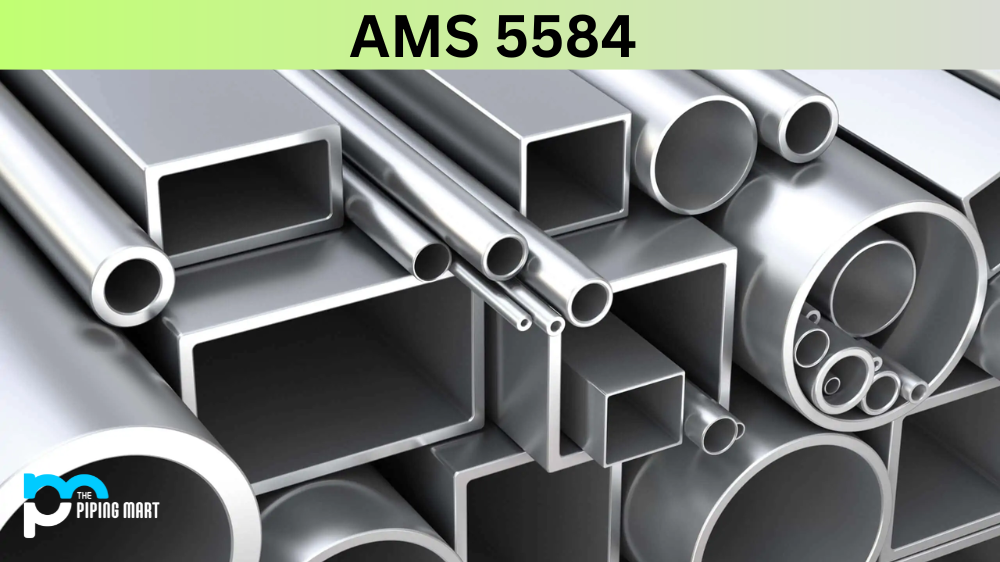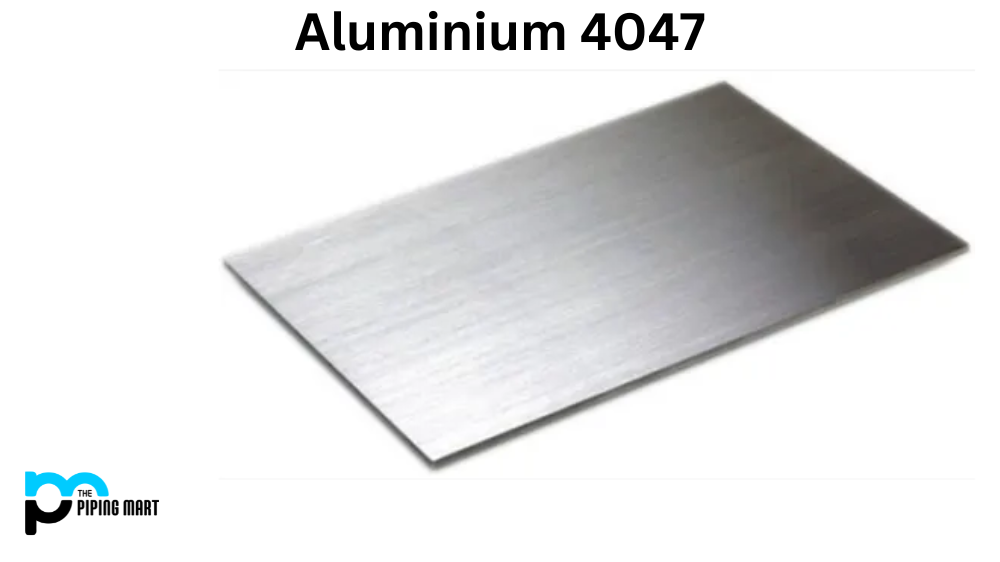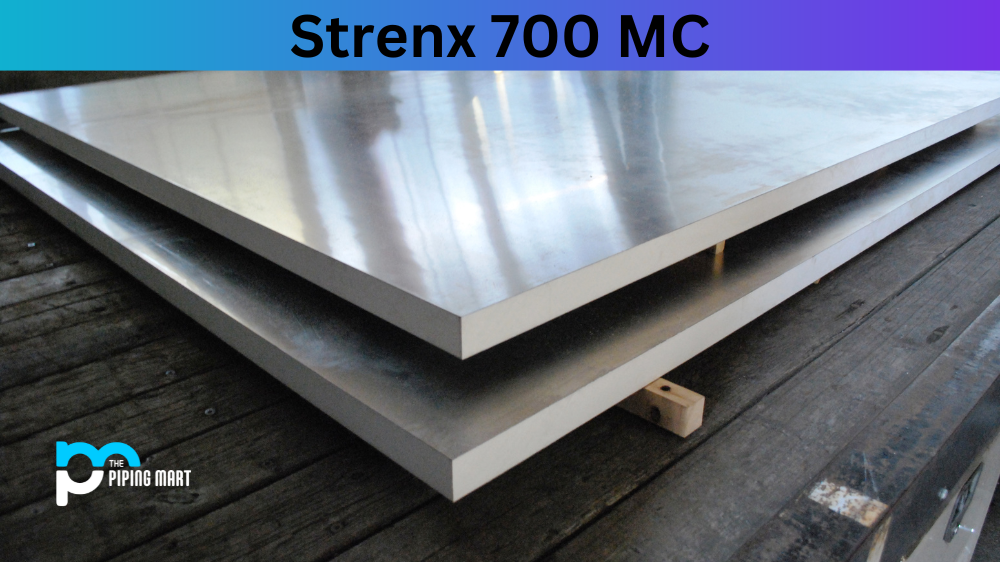In the metalworking industry, a wide variety of materials are available for use. One such material is 320 stainless steel, which offers impressive strength and corrosion resistance. This article will provide a comprehensive overview of the properties and benefits of this versatile material.
320 Stainless Steel Properties
320 stainless steel has a density of 7.8 g/cm3 (0.282 lb/in3). It also has a melting point between 1450-1510 °C (2642-2750 °F). This material is tough and offers good corrosion resistance in salt water environments, making it ideal for marine applications. Additionally, its high chromium content makes it more resistant to oxidation than other types of stainless steel.
320 Stainless Steel Chemical Composition
The chemical composition of 320 stainless steel is:
| Element | Amount |
|---|---|
| Chromium (Cr) | 17.5% |
| Nickel (Ni) | 12% |
| Molybdenum (Mo) | 2.00-2.50% |
| Manganese (Mn) | 2% |
| Silicon (Si) | 1% |
| Titanium (Ti) | 0.80% |
| Carbon (C) | 0.08% |
| Phosphorus (P) | 0.045% |
| Sulfur (S) | 0.03% |
320 Stainless Steel Physical Properties
The physical properties of 320 stainless steel are:
- Density: 8 g/cm3
- Melting point: 1450°C (2642°F)
- Tensile strength: 550 MPa (79,000 psi)
- Yield strength: 310 MPa (45,000 psi)
- Elongation at break: 40% in 200 mm (20 in.)
320 Stainless Steel Thermal Properties
The thermal properties of 320 stainless steel are:
- Thermal conductivity: 16 W/m·K at 293 K (0.11 BTU/hr·ft·°F at 77°F)
- Specific heat capacity: 500 J/kg·K at 293 K (0.12 BTU/lb·°F at 77°F)
320 Stainless Steel Magnetic Properties
The magnetic properties of 320 stainless steel are:
- Ferromagnetic below 400 K (at room temperature) with a Curie temperature of 250 K (-23°C or -9°F). It can be magnetized and demagnetized easily by applying an external magnetic field. However, it will lose its magnetism below this temperature, making it nonmagnetic.
320 Stainless Steel Uses
Due to its excellent physical properties and corrosion resistance, 320 stainless steel is used in many industrial applications, such as structural components, architectural details, handrails, shafts, valves, pumps, and food processing equipment. It is also popular in maritime applications such as propellers and ship hulls due to its resistance to saltwater corrosion. Its good formability allows it to be formed into complex shapes without cracking or splitting during fabrication.
Corrosion Resistance
320 stainless steel has excellent corrosion resistance in both welded and unwelded forms, making it well-suited for a wide range of applications in both industrial and marine environments
Weldability & Machinability
320 stainless steel has excellent weldability due to its low carbon content and high ferrite content. It can be welded with conventional welding processes like MIG or TIG without any required preheating or post-weld heat treatment. Additionally, its machinability rating is 40%, which means that this material can be machined at relatively fast speeds with standard tools such as HSS end mills or carbide drills.
Conclusion:
320 stainless steel is an incredibly versatile material that offers superior strength and good corrosion resistance in fresh and saltwater environments. Its weldability and machinability make it easy to work with, while its formability allows it to be used in complex shapes without cracking during fabrication or forming processes. As such, this material is well suited for many industrial applications where strength and corrosion resistance are needed, such as structural components, architectural details, handrails, shafts, valves, pumps, etc., as well as maritime applications such as propellers and ship hulls due to its resistance to saltwater corrosion. To summarize, if you need a strong yet corrosion-resistant metal for your project, consider using 320 stainless steel!

Abhishek is a seasoned blogger and industry expert, sharing his insights and knowledge on various topics. With his research, Abhishek offers valuable insights and tips for professionals and enthusiasts. Follow him for expert advice on the latest trends and developments in the metal industry.




